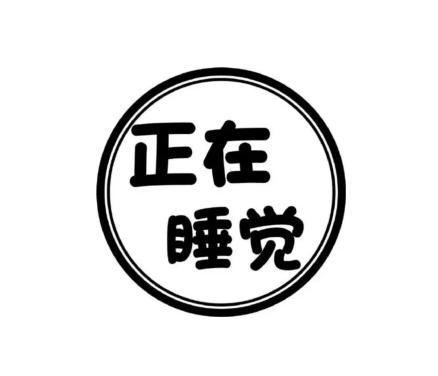英语词语一般过去将来时
发布于 2023-09-20 15:38:42
一般过去将来时表示从过去的某一时间来看将来要发生的动作或呈现的状态。在英语时态中,“时“指动作发生的时间,”态“指动作的样子和状态。一般过去将来时的出发点是过去,即从过去某一时刻看以后要发生的动作或状态。
概念:立足于过去某一时刻,从过去看将来,常用于宾语从句中。
时间状语:The next day(morning,year…),the following month(week…),etc.
基本结构:主语+was/were+going to+do+其它;主语+would/should+do+其它
否定形式:主语+was/were+not+going to+do;主语+would/should+not+do.
一般疑问句:was或were放于句首;would/should提到句首。
例句:
He said he would go to Beijing the next day.他说他第二天要去北京。
I asked who was going there.我问,谁要去那里。
0 条评论
